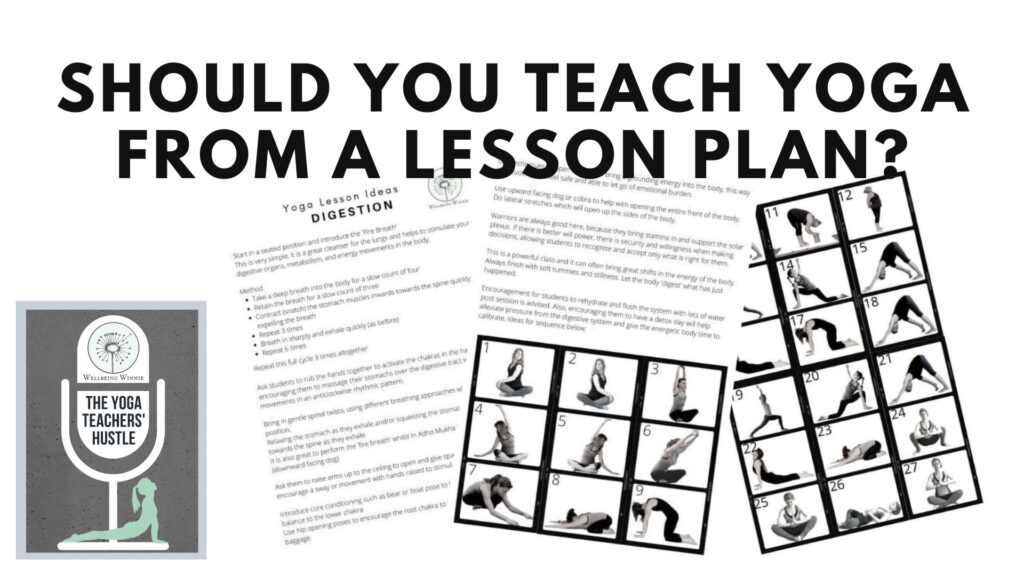Welcome to the Yoga teachers’ Hustle, where we discuss different aspects of running a yoga/Pilate/fitness/holistic business. This week we are discussing that terrifying moment or nightmare we’ve had or worry we will have about no one showing up to attend a class ‘ The Empty yoga Class’. It is terrifying but there are valuable lessons to learn from this and great steps to move forward.
In the episode ‘The Empty Yoga Class’, we discuss:
Strategies for Dealing with No-Shows in Your Yoga Class,” we delve deeper into the challenges yoga instructors face when dealing with students who don’t show up for class and what you can do in that moment when you realise that you have an empty yoga class
- What happens if you work at a gym or studio
- Advertising
- Finding confidence
- Advanced payment
- T’s&C’s cancellation policies
- Drop-in classes or set six weekly commitments
- Other ways to advertise for yourself
We explore the various reasons why students might not attend, such as competing priorities, unexpected circumstances, or a lack of motivation. We also provide practical strategies to help instructors navigate The empty classroom.
Here are some key takeaways from ‘The Empty Classroom’ episode:
-
- Understand the Reasons Behind The Empty Yoga Class:
- Recognize that there can be a variety of reasons why students don’t attend class.
- Show empathy and try to understand their perspectives.
- Communicate with Students:
- Avoid the empty classroom by maintaining an open line of communication with students.
- Send reminders about upcoming classes and inquire about any potential scheduling conflicts.
- Offer Flexible Class Options:
- Consider providing multiple class times and formats to accommodate different schedules.
- Explore online or hybrid class options for added convenience.
- Create a Welcoming Community:
- Foster a supportive and engaging atmosphere in your classes.
- Build relationships with students and make them feel valued.
- Motivate and Engage Students:
- Offer challenging and rewarding classes that cater to different fitness levels.
- Incorporate variety and creativity into your teaching to keep students engaged.
- Address Concerns Promptly:
- If you notice a pattern of no-shows from a particular student, reach out to them to address any concerns or challenges they might be facing.
- Evaluate Your Teaching Approach:
- Reflect on your teaching style and curriculum to ensure you’re meeting the needs and interests of your students.
- Be Stricter With Your Booking Policy:
- Consider taking payment when students book, fostering a strict refund policy
- Get Creative With Your Marketing
- Avoid the empty classroom by engaging in extensive market research before launching a new class
- Learn new ways to advertise your classes without relying solely on social media.
- Understand the Reasons Behind The Empty Yoga Class:
Remember, dealing with the empty yoga classroom can be challenging, but by understanding the reasons behind them and implementing effective strategies, you can create a thriving and supportive yoga community.
If you appreciated and found this podcast informative, consider listening to another episode that discusses teaching from a yoga sequence plan versus intuitive teaching.

Yoga Sequence Plans – yes or no?
We have two further options that can support your teaching journey
Our Business Bootcamp : how to run a yoga business online course:

And/or the supporting Ebook literature:

